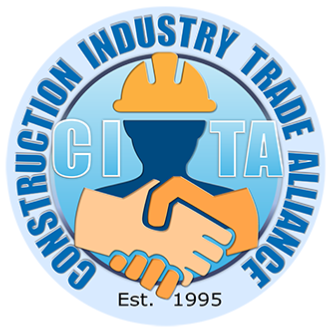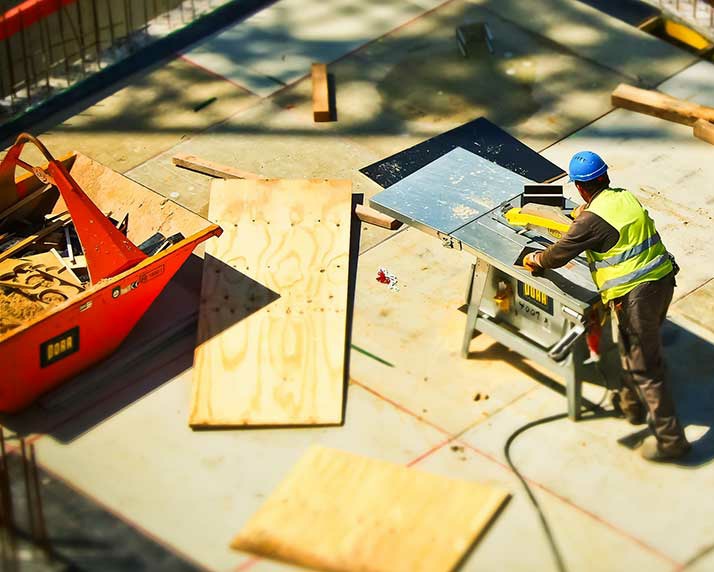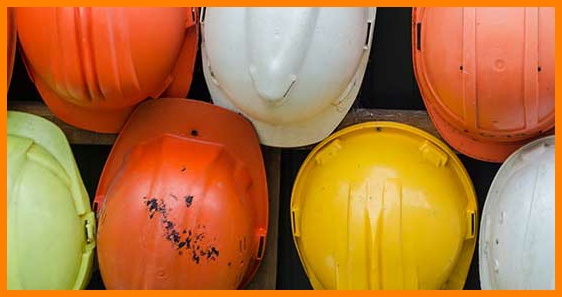

EMAIL: enquiries@cita.co.uk

Copyright © CITA Construction Industry Trade Alliance -

BUILDING TRADE ASSOCIATION







CONSTRUCTION INDUSTRY TRADE ALLIANCE

CITA is a UK Trade Association for the Construction & Building Industry
Tel: 0845 250 4390 Fax: 0845 250 4391




Dangers & Emergencies on Construction Sites




Dangers & Emergencies on Construction Sites
Emergencies
■ Are there emergency procedures, e.g. for evacuating the site in case of fire?
■ Do people on site know what the procedures are?
■ Is there a means of raising the alarm, and does it work?
■ Is there a way to contact the emergency services from site?
■ Are there enough suitable escape routes and are these kept clear?
■ Is the first aid provision good enough?


Fire
■ Is the quantity of flammable materials, liquids and gases kept to a minimum?
■ Are they properly stored?
■ Are flammable gas cylinders returned to a ventilated store at the end of the shift?
■ Are smoking and other ignition sources banned in areas where gases or flammable liquids are stored or used?
■ Are gas cylinders, associated hoses and equipment properly maintained and in good condition?
■ When gas cylinders are not in use, are the valves fully closed?
■ Is flammable and combustible waste removed regularly and stored in suitable bins or skips?
■ Are suitable fire extinguishers provided?
Hazardous substances
■ Have you identified all harmful substances and materials, such as asbestos, lead, solvents, paints, cement and silica dust (eg from kerb or paving cutting)?
■ Have you checked whether a licensed contractor is needed to deal with asbestos on site? (Most work with asbestos requires a licence, although you can do some very limited work with materials that contain asbestos without one.)
■ Have you identified and put into place precautions to prevent or control exposure to hazardous substances, by:
■ doing the work in a different way, to remove the risk entirely?
■ using a less hazardous material?
■ using tools fitted with dust extraction?
■ using tools fitted with water suppression?
■ Have workers had information and training so they know what the risks are from the hazardous substances used and produced on site, and what they need to do to avoid those risks?
■ Have you got procedures to prevent contact with wet cement (as this can cause dermatitis and cement burns)?
■ Have you arranged health surveillance for people using certain hazardous substances (eg lead, silica, cement, sensitisers such as two pack adhesives or coatings)?
Noise
■ Have you identified and assessed workers’ exposure to noise?
■ Have workers had information and training so they know what the risks are from noise on site, and what they need to do to avoid those risks?
■ Can the noise be reduced by using different working methods or selecting quieter plant, eg by fitting breakers and other plant or machinery with silencers?
■ Are people not involved in the work kept away from the source of the noise?
■ Is suitable hearing protection provided and worn in noisy areas?
■ Have hearing protection zones been marked?
■ Have you arranged health surveillance for people exposed to high levels of noise?
Electricity and other services
■ Have all necessary services been provided on site before work begins and have you also identified existing services present on site (eg electric cables or gas mains) and taken effective steps, if necessary, to prevent danger from them?
■ Are you using low voltage for tools and equipment, eg Battery operated tools or lowvoltage systems?
■ Are cables and leads protected from damage?
■ Are all connections to the system properly made and are suitable plugs used?
■ Are tools and equipment checked by users, visually examined on site and regularly inspected and tested by a competent person?
■ Have hidden electricity cables and other services been located (eg with a locator and plans) and marked, and have you taken precautions for safe working?
■ Where there are overhead lines, has the electricity supply been turned off, or have other precautions been taken, such as providing ‘goal posts’ or taped markers?

Protecting the public
■ Is the work fenced off from the public?
■ Are roadworks barriered off and lit?
■ Are the public protected from falling material?
■ When work has stopped for the day:
■ is the boundary secure?
■ are all ladders removed or their rungs boarded so that they cannot be used?
■ are excavations and openings securely covered or fenced off?
■ is all plant immobilised to prevent unauthorised use?
■ are bricks and materials safely stacked?
■ are flammable or dangerous substances locked away in secure storage places?

This article use information obtained from HSE Health and Safety Leaflet and is reproduced under the terms of the Open Government Licence.

BACK TO ADVICE